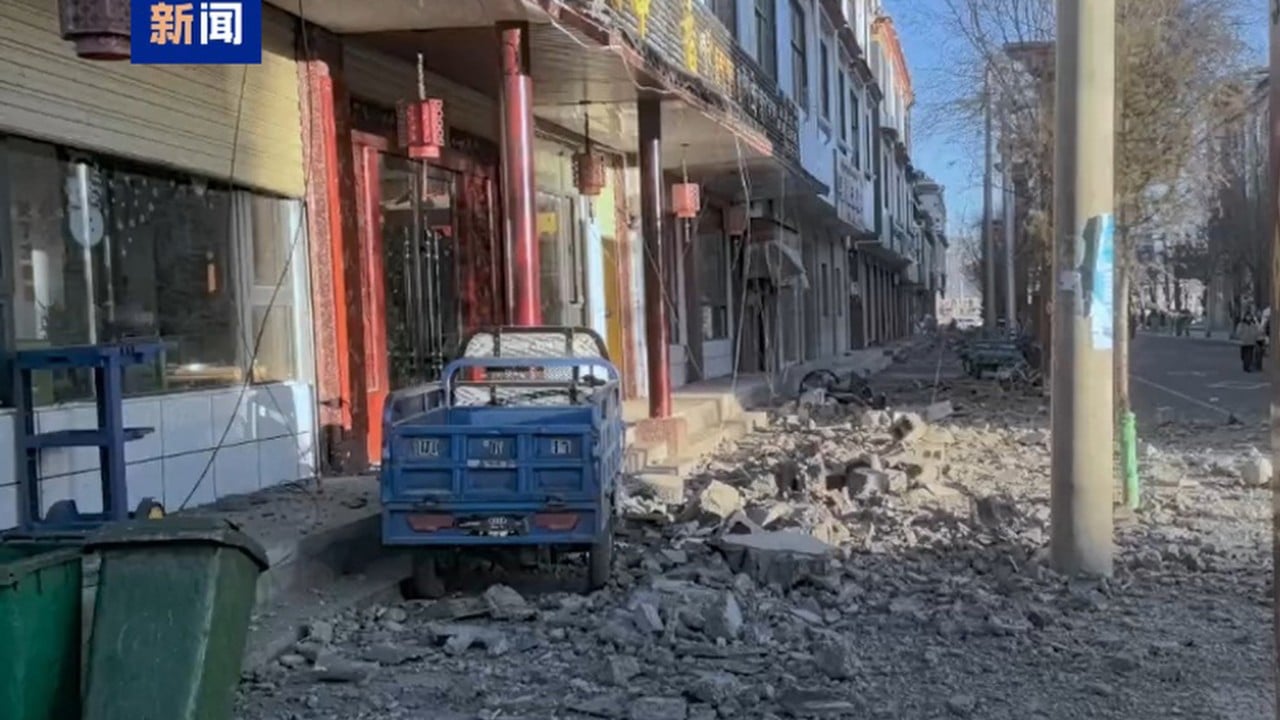At least 95 people were killed and 130 others injured after a magnitude 6.8 earthquake struck western China’s Tibet autonomous region just after 9am on Tuesday morning, with extensive damage reported in area villages, according to regional authorities.
The epicentre of the quake was in the county of Tingri near the city of Xigaze – also known as Shigatse – the China Earthquake Networks Centre said. Authorities in Tibet had dispatched more than 300 rescuers and medical staff as part of a level 2 emergency response, the second highest in a four-tiered system, the broadcaster reported.
Advertisement
The response is usually issued when more than 500 people need to be evacuated, more than 10 people have died, or when potential losses could total more than 50 million yuan (US$6.8 million).

Chinese President Xi Jinping has instructed that “all efforts should be made to carry out search and rescues, and minimise casualties”, adding that those affected should be kept safe and warm and properly resettled. The temperature in Xigaze on Tuesday was 4 degrees Celsius (39 Fahrenheit), and could fall to -15 degrees.
Premier Li Qiang also gave instructions to verify casualty numbers, organise search and rescue missions, and continue monitoring to prevent secondary disasters.
Villages in the region near Nepal reported that thousands of homes had collapsed or were damaged with people trapped under the rubble, CCTV said, citing authorities.

Tingri county authorities told state news agency Xinhua that they had formed a rescue party consisting of cadres from transport, water conservancy, housing departments, as well as village officials.

